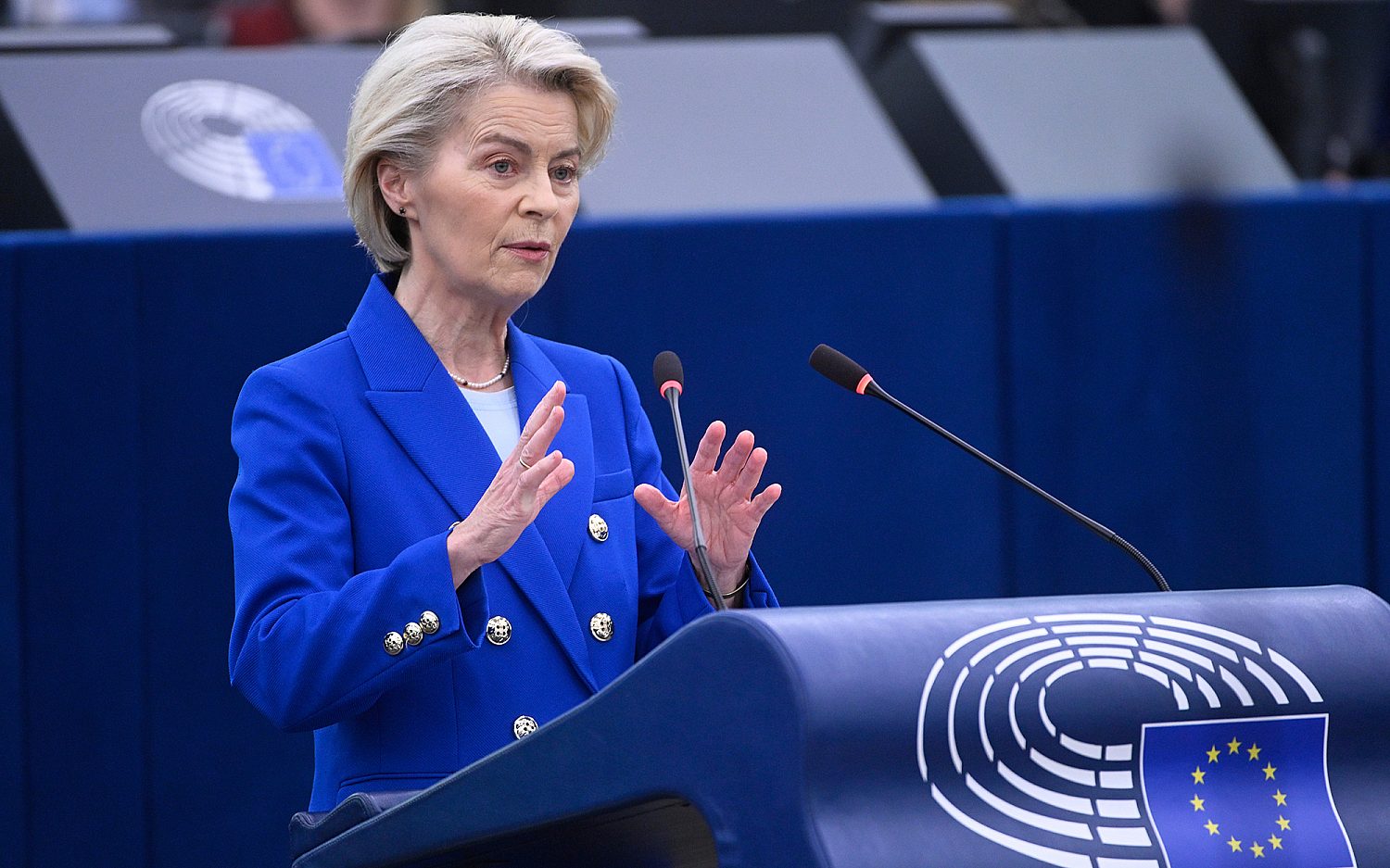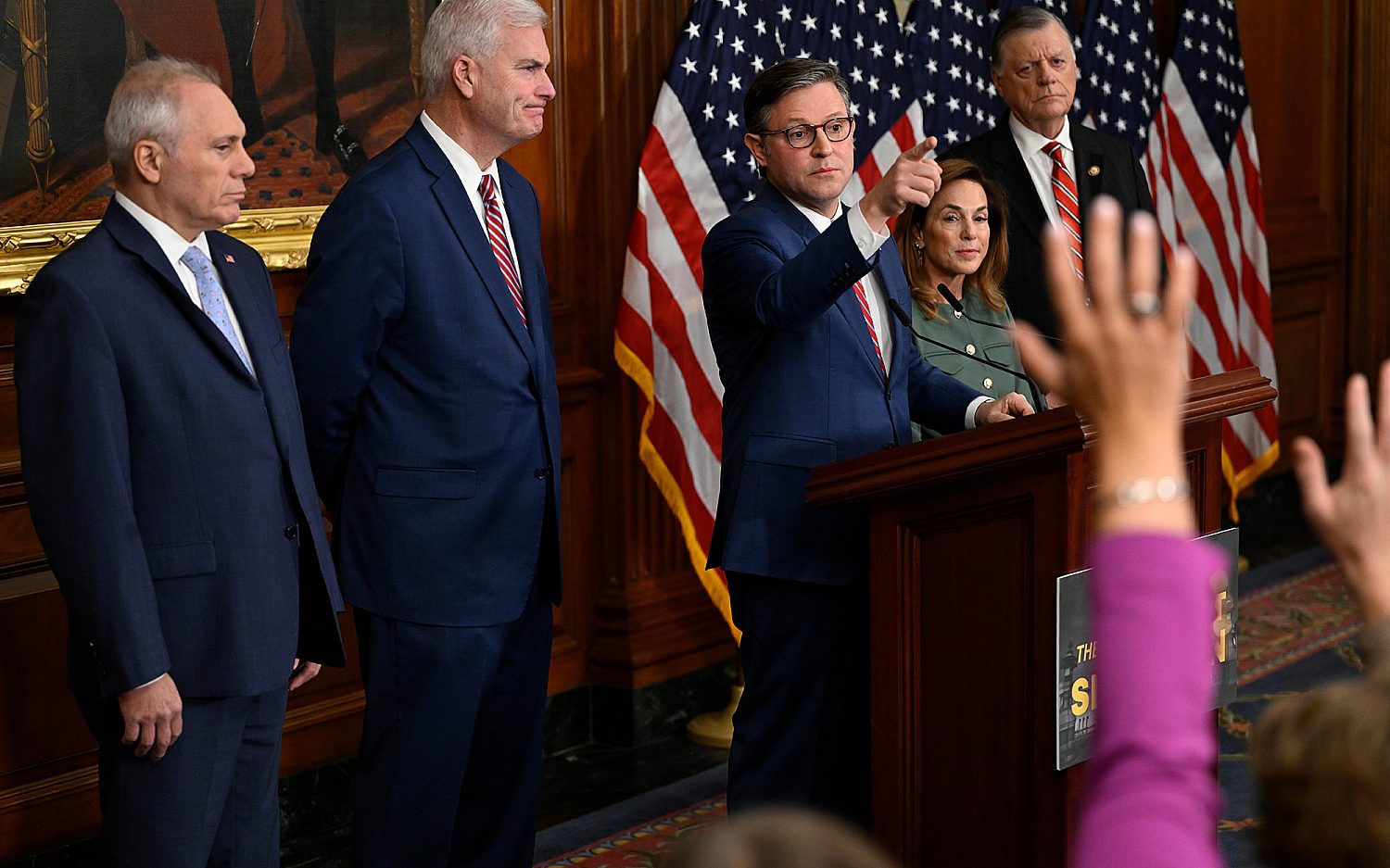Keith Emerson of Emerson, Lake and Palmer dies of apparent suicide
Keith Emerson, founder of the progressive-rock super group Emerson, Lake and Palmer, has died. He was 71.
Emerson’s longtime girlfriend, Mari Kawaguchi, called police to his condo in Santa Monica, Calif., early Friday morning. Emerson had an apparent self-inflicted gunshot wound to the head. Authorities are investigating his death as a possible suicide.
A musical prodigy, Keith Noel Emerson was born in Todmorden, Yorkshire, in England. He was intrigued by the Hammond organ, snatching up the L-100 model in his mid teens. Soon he was playing in blues and jazz clubs in London. He helped form one of the first progressive rock groups, The Nice, before hooking up with Greg Lake (King Crimson) and drummer Carl Palmer in 1970. The trio had their debut at the Isle of Wight Festival, shows that also featured Jimi Hendrix and The Who.
Emerson, Lake and Palmer (ELP) were giants of progressive rock in the 1970s, recording six platinum-selling albums. The band stepped away from rock’s emphasis on short songs with dance beats. Like Pink Floyd, the Moody Blues and Genesis, the trio instead created albums with ornate pieces full of complicated rhythms, intricate chords, and time signature changes. Emerson’s love for classical music drove him to create orchestrations drawn from classical and jazz styles—often marrying traditional rock instruments with full orchestras.
This approach was illustrated in ELP’s 1973 album Brain Salad Surgery. Emerson crafted a nearly 30-minute composition called “Karn Evil 9” (a play on the word “carnival”). The piece contains his timeless opening line: “Welcome back my friends, to the show that never ends.”
Emerson’s keyboard innovations began providentially, when he used his Hammond to create the sound of explosions and machine gun fire to stop a fight in the middle of a concert in France. It worked. The scuffle ended, while the show blazed on.
Before forming ELP, Emerson applied his keyboard gifts to the newly created Moog synthesizer. The new sound became the musical base for ELP’s sound. Emerson’s celebrated solo at the end of “Lucky Man” is a prime example. His ability to innovate was equally matched by his on stage antics—including a spinning piano, pyrotechnics, and his use of knives to hold down piano keys while playing.
ELP broke up in 1979, reunited in 1991, disbanded again, and reunited one last time for a 2010 tour.
Despite his influence, Emerson never considered himself a rock or pop icon. His true musical devotion lay elsewhere.
“At home, he listened to either classical or jazz. We never listened to rock,” Kawaguchi said. “He hated being called a rock star or prog-rock star. … He wanted to be known as composer.” He always said: ‘I’m not a rock star. I’ve never been a rock star. All I want is to play music.’”
Emerson had been composing and working with internationally known symphonies, including two in Germany and Japan, and was about to embark on a short tour in Japan starting next month.
“All these people from the classical world were playing his music,” she said. “When he was young, he was using classical music for rock, and now the wheel has turned and now the classical world is using his compositions.”
An actual newsletter worth subscribing to instead of just a collection of links. —Adam
Sign up to receive The Sift email newsletter each weekday morning for the latest headlines from WORLD’s breaking news team.




Please wait while we load the latest comments...
Comments
Please register, subscribe, or log in to comment on this article.